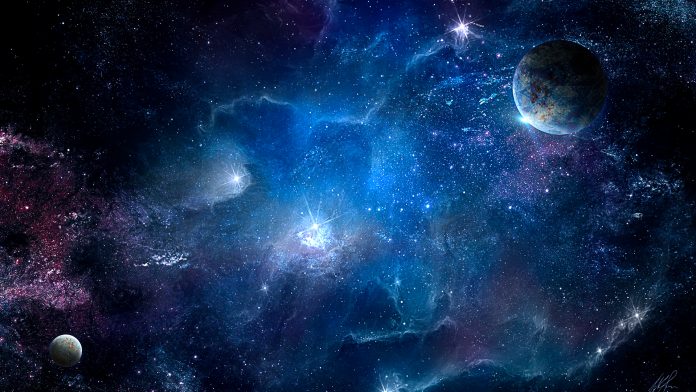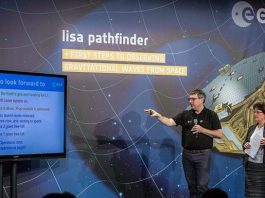A team of astronomers, led by the University of Tokyo, Japan, used the Keck I telescope to measure the distance to the oldest galaxy in the Universe, which is located at the boundary of the observable Universe.
The team hopes that their research on the oldest galaxy in the Universe, GN-z11, can shed light on a period of cosmological history when the Universe was only a few hundred million years old.
Professor Nobunari Kashikawa from the Department of Astronomy at the University of Tokyo said: “From previous studies, the galaxy GN-z11 seems to be the farthest detectable galaxy from us, at 13.4 billion light years, or 134 nonillion kilometers (that’s 134 followed by 30 zeros),” said Kashikawa. “But measuring and verifying such a distance is not an easy task.”
Kashikawa and his team measured what’s known as the redshift of GN-z11, which refers to the way light stretches out, and becomes redder, the farther it travels. Certain chemical signatures, called emission lines, imprint distinct patterns in the light from distant objects. By measuring how stretched these signatures are, astronomers can deduce how far the light must have travelled, thus giving indicating the distance from the target galaxy.
Kashikawa added: “We looked at ultraviolet light specifically, as that is the area of the electromagnetic spectrum, we expected to find the redshifted chemical signatures. The Hubble Space Telescope detected the signature multiple times in the spectrum of GN-z11. However, even the Hubble cannot resolve ultraviolet emission lines to the degree we needed. So, we turned to a more up-to-date ground-based spectrograph, an instrument to measure emission lines, called MOSFIRE, which is mounted to the Keck I telescope in Hawaii.”
The MOSFIRE captured the emission lines from GN-z11 in detail, which allowed the team to make an estimation on its distance than was possible from previous data. When working with distances at these scales, astronomers use a value known as the redshift number denoted by z. Kashikawa and his team improved the accuracy of the galaxy’s z value by a factor of 100. If subsequent observations can confirm this, then the astronomers can confidently say GN-z11 is the farthest galaxy ever detected in the Universe.









